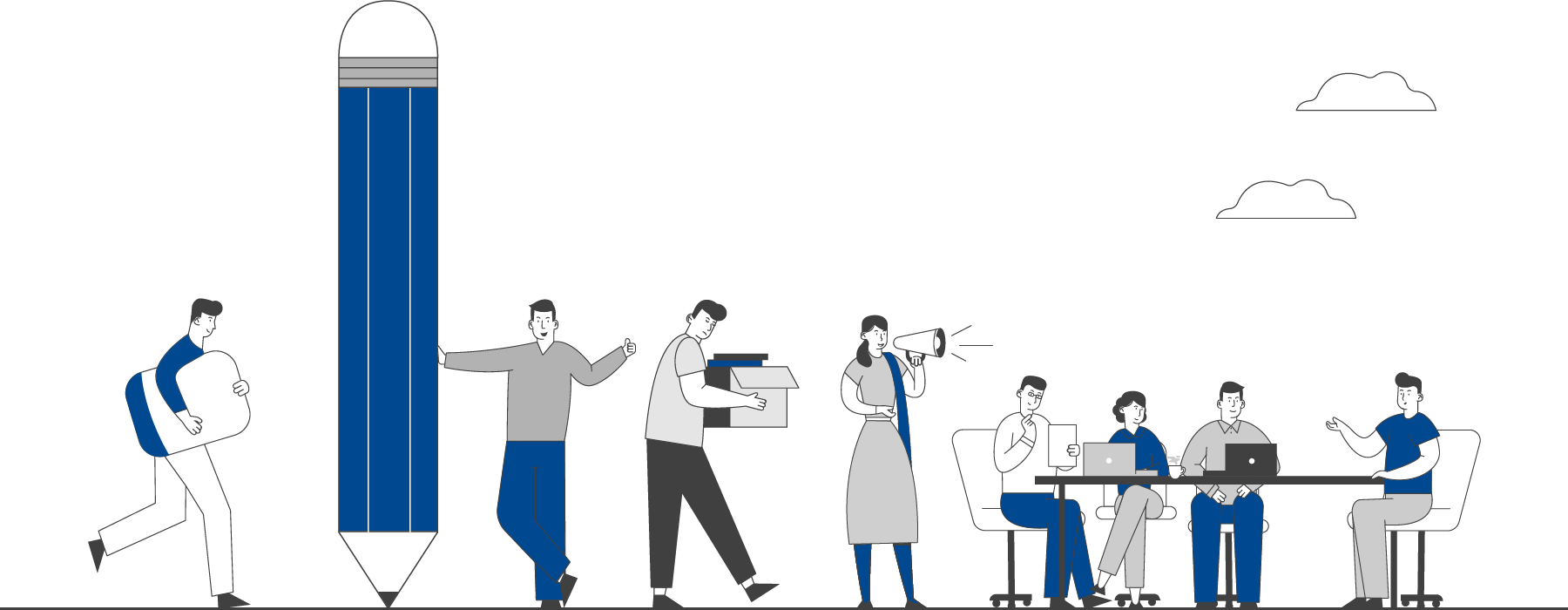

This section hosts guidelines, manuals and toolkits to strengthen public health practice.
Resources
FILTER
BY CATEGORY
View All
RAPID ASSESSMENT OF LEARNING DURING SCHOOL CLOSURES IN THE CONTEXT OF COVID
28 May 2022by UNICEF OVER 1 HOUR
The COVID-19 pandemic has caused disruption to students' learning around the world. In India, it has left over 286 million
students from pre-primary to upper secondary school out of school since March 2020. As most
schools continue to remain closed, students,
parents and educators are becoming increasingly
concerned. Evidence from past prolonged school
closures shows that such disruptions can set
generations of children back for life. For instance,
the 2005 earthquake in Pakistan led to an average 14 weeks of school closures resulting in affected
children being put behind in their learning by
approximately, about 1.5 to 2 years compared to their peers in other areas. Losses during closures
are likely to snowball after children return to
school if lessons and curriculum do not match
their learning level.
Despite government, private and civil society actors coming together to roll out a wide range of remote learning resources, students are falling behind during the physical closure of schools since March 2020, due to the COVID-19 pandemic. Only 60 per cent of students have used any remote learning resources; and even among those, nearly 80 per cent report that they are learning less or significantly less than in school.
The purpose of this study was to assess the perceived impact on student learning due
to school closures during the COVID-19
pandemic, and ways to better support student
learning now and once the schools re-open. The
study strives to identify the needs of parents,
students and teachers for continued learning,
current barriers to access along with
effectiveness of solutions, and successful
innovations across states and various other
actors. This study attempts to take a holistic lens
by including the voices of the marginalized
populations, such as migrants and students with
disabilities, while highlighting best practices for
states to leverage both during the lockdown, and
over the long term.
Related File :
5217426742.pdfCategories
COVID-19

 EXPLORE DATA
EXPLORE DATA 



























